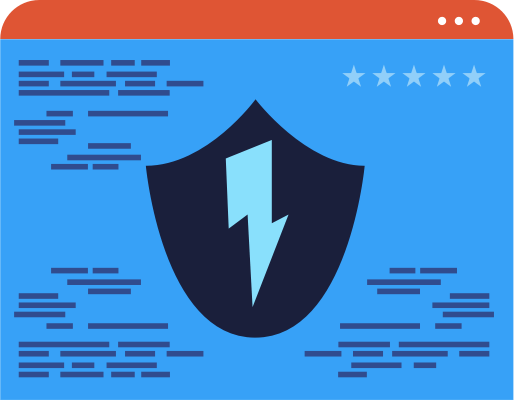Automated Cyber Attacks: The Next Big Threat
Automated Cyber Attacks: The Next Big Threat
In the next few years, as machine learning, AI, and software processes enter the next phases of development, cyber-attacks will reach a higher level of creating havoc. Once malware and ransomware are able to ‘think’ on their own, the massive March 2018 cyber “hijacking” by ransomware in Atlanta will look like a nothing in comparison.
Is There Need To Panic?
At the rate at which automated cyber-attacks are evolving, they are taking form as the next big threat. The risk these attacks pose to is are not theoretical, in the last year alone there were automated cyber-attacks on CheapAir and Dunkin Donuts’ DD Perk program. These attacks prompted antivirus companies like McAfee and Symantec to carry out investigations on the future in the face AI-based cyber-attacks. Their findings led them to raise alarm in November 2018, they cautioned the mass by saying that we are likely to fully face the wrath of these attacks in 2019.
What does the future look like?

What this means is that we are on the verge of a new age in cybersecurity, where hackers will be able to unleash formidable new attacks using self-directed software tools and processes. These automated attacks on their own will be able to find and breach even well-protected companies, and in vastly shorter time frames than can human hackers. Automated attacks will also reproduce, multiply and spread in order to massively elevate the damage potential of any single breach.
The New Face of Cyber attacks
As the threat of automated cyber-attacks become more real, these are some of the ways that these attacks are evolving you ought to be aware of:
- Password Guessing
Credential stuffing is a new automated cyberattack innovation that makes use of previously hacked or stolen passwords to break into online accounts. Due to the fact that numerous people reuse their passwords across different platforms, this attack is extremely effective.
However, this is just the tip of the iceberg. Researchers have discovered that machine learning programs can easily be used to predict passwords.
- Hacking Bots
Hackers are now using fully automated bots to do all the heavy lifting. While bots are not new, the technology to create them has considerably evolved. The speed at which these bots hack into a system has been shortened to just 15 seconds!
15 seconds might nothing to these bots, but to an IT team, it barely enough to respond and counter the attack.
- Bot extortion

Cybercriminals have seen a huge market opportunity based on the knowledge that all it takes to tarnish a company’s reputation is a few bad posts or reviews on the web. They have now resulted to using their bots to extort brands.
The perfect example of this the recent attack on CheapAir where cybercriminals threatened to launch an SEO attack on the company unless it paid them off.
The bottom line is that these attacks are coming whether we like it or not. The next logical steps for businesses to take is to migrate critical assets, align the organization with managed security providers, implement strong password policies, and lastly, create action plans and contingencies.

